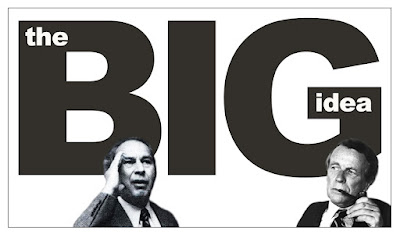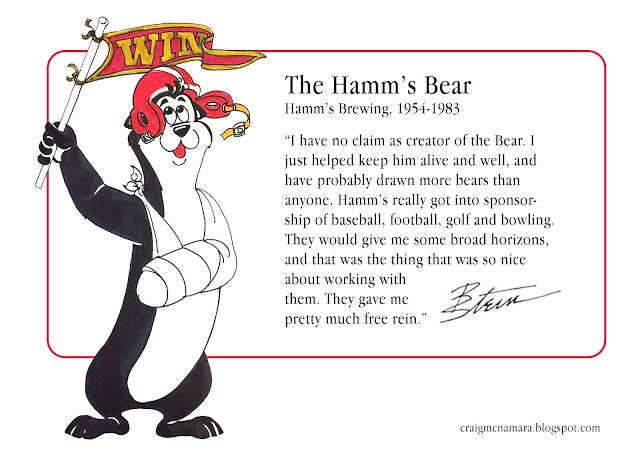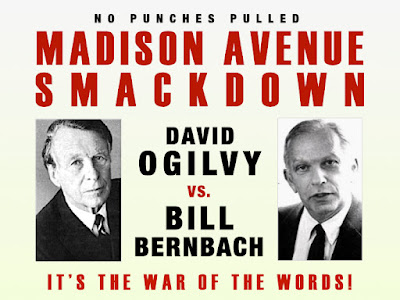Lois and Ogilvy on The Big Idea

As a panelist on a TV talk show, ad man and creative revolutionary George Lois was once asked to define advertising. After listening to the more scholarly definitions offered up the other ad execs on the panel, George commented, “I think these guys and me are in a different business,” and offered a more blunt, visceral definition. Lois: “Advertising is poison gas. It should bring tears to your eyes. It should unhinge your nervous system. It should knock you out.” 1 That’s George in a nutshell. Visceral. Bombastic. But in a less provocative mood, he summed his approach up this way: Lois: “The common denominator of all my work is the unremitting quest for The Big Idea, because The Big Idea – a surprising solution to a marketing problem, expressed in memorable verbal and/or graphic imagery – is the authentic source of communicative power … [and] picks up force and speed because its element of surprise changes a habit or point of view.” 2 He capitalized the term quite intentional






